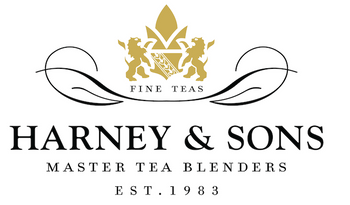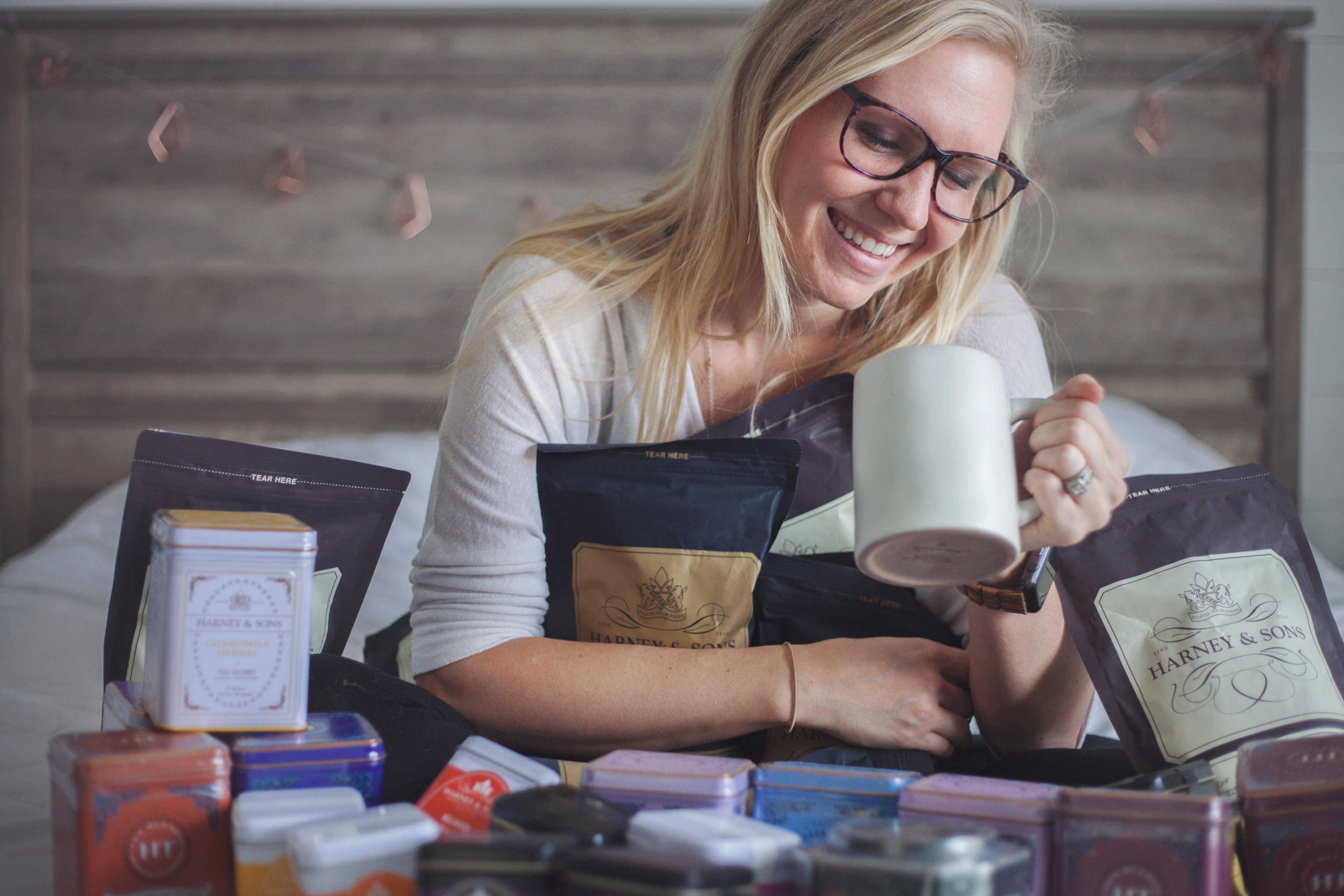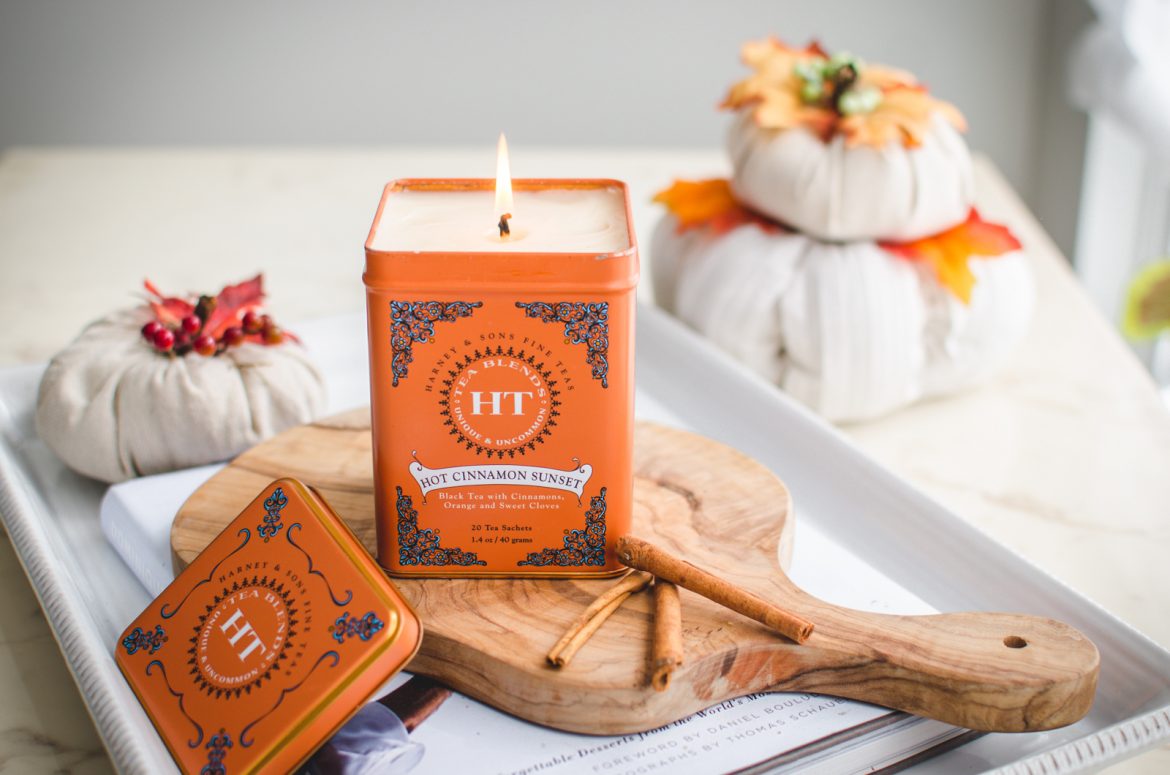Michael Harney is the son of John Harney, the founder and master tea blender of Harney & Sons, and has been a master tea buyer and blender for more than 30 years. He is a published author and educator who loves to scour the globe to meet with tea producers from all the major tea countries, looking for the best teas to deliver to his customers. He is also the Mike behind all the Mike’s Tea Ratings you see on our site. These ratings are based on three important attributes. A rating of 0 indicates the tea has none of the particular characteristics and a rating of 5 indicates that it is a primary characteristic. Read on to learn how Mike Harney rates teas for Harney & Sons.

Body
Body refers to whether or not a tea feels thick in the mouth such as Assam black teas or light such as a white tea. Sometimes this body comes from dissolved solids from the leaves like the Assam, and sometimes it is from all the amino acids like Ichiban Sencha.
How to Assess Tea Body
- Take a slurp of tea. Yes, a slurp like you’re drinking a hot soup. Slurping helps aerate the tea to allow more of the aromas to drift up to the nose. Pull sharply on the tea, inhaling quickly through your mouth to run it between your lips and teeth.
- Swish the tea around your tongue and cheeks.
- Ask yourself if the tea feels thin like water or thick like cream.
Briskness
A tea’s body is also among the best indicators of brew strength or briskness. Briskness refers to a tea's ability to make your mouth pucker, also known as astringency. Some astringency makes tea brisk and desirable (like white wine). Too much briskness can be a problem but may be controlled by reducing the brewing time. If a tea feels thin or wan then it needs more brew time or leaves. If it makes your mouth pucker then the tea may be over-brewed. If you like very brisk teas try CTC Assam, Scottish Morn, Dorchester Breakfast teas. If you like less brisk teas try English Breakfast, Chamomile, Chinese Silver Needle.
How to Assess Tea Briskness
- Slurp the tea like you would if you were determining body by pulling sharply on the tea, inhaling quickly through your mouth to run it between your lips and teeth.
- Swish the tea around your tongue and cheeks.
- Does the tea feel thick or thin?
Aroma
Aroma refers to whether or not the tea has a pleasant smell. This characteristic is often the most prized part of tea. That makes sense since humans can smell much better than we can taste. Roughly speaking, your mouth can only detect four senses: sweet, sour, bitter, and salty. Some say there are five if you count the mouth-filling quality the Japanese call “umami”. Everything else—floral, fruity, piney, briny— we register through our nose. While wine tasters smell the wine itself before drinking, tea tasters don’t smell the tea. They smell the brewed leaves. Sometimes the pleasant smell is teased out of the tea leaf by a skilled tea maker, sometimes it is caused by the flavors that are added in by our blenders.
How to Smell Tea Aroma
- After draining the leaves and giving them time to cool, stick your nose in the pot. Don’t hold back—the best tea tasters leave with wet leaves on their nose.
- Breathe in through the nose and inhale deeply. Take as many breaths as you need to isolate the scents.
- If the aromas begin to dissipate, close the lid on your pot. They will regather beneath the lid as they rise. Wait a few minutes then smell again.
-
Make a note of the scents you are smelling and see whether or not they come out in the flavors when you sip the tea later. Sometimes the aromas will match the tastes, but this is more common in single-malt Scotches than in teas.
Want to learn more about our teas and the art of tea? Check out some of our favorite posts below or purchase a copy of The Harney & Sons Guide to Tea:






2 comments
Cliff Hopkinson
Some of your tea descriptions state that organic tea has less body and/or flavor than non-organic. You praise many non-organics. How do you
square this with concern for health?
Some of your tea descriptions state that organic tea has less body and/or flavor than non-organic. You praise many non-organics. How do you
square this with concern for health?
Paul
I’m confused because both the body and briskness sections describe using the sensation of a tea being thick or thin as the measure. How do both of these qualities use the same sensation?
I’m confused because both the body and briskness sections describe using the sensation of a tea being thick or thin as the measure. How do both of these qualities use the same sensation?